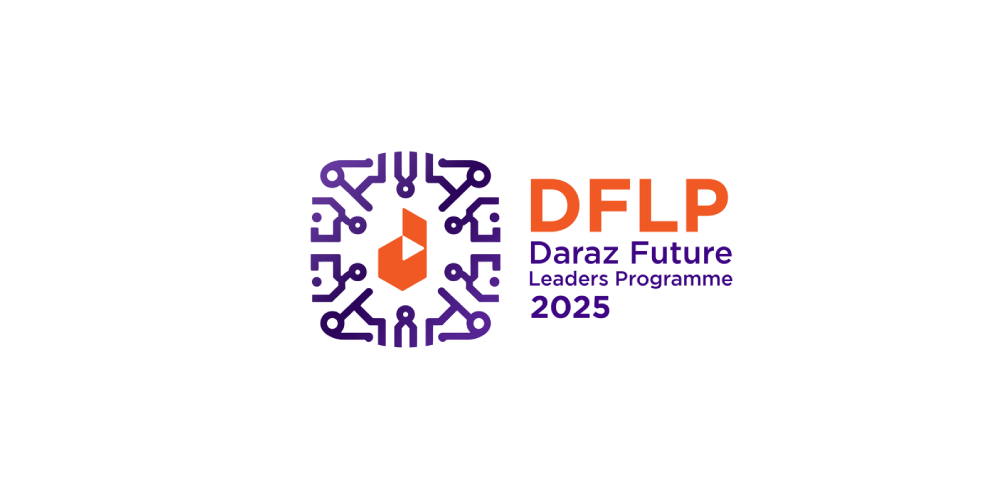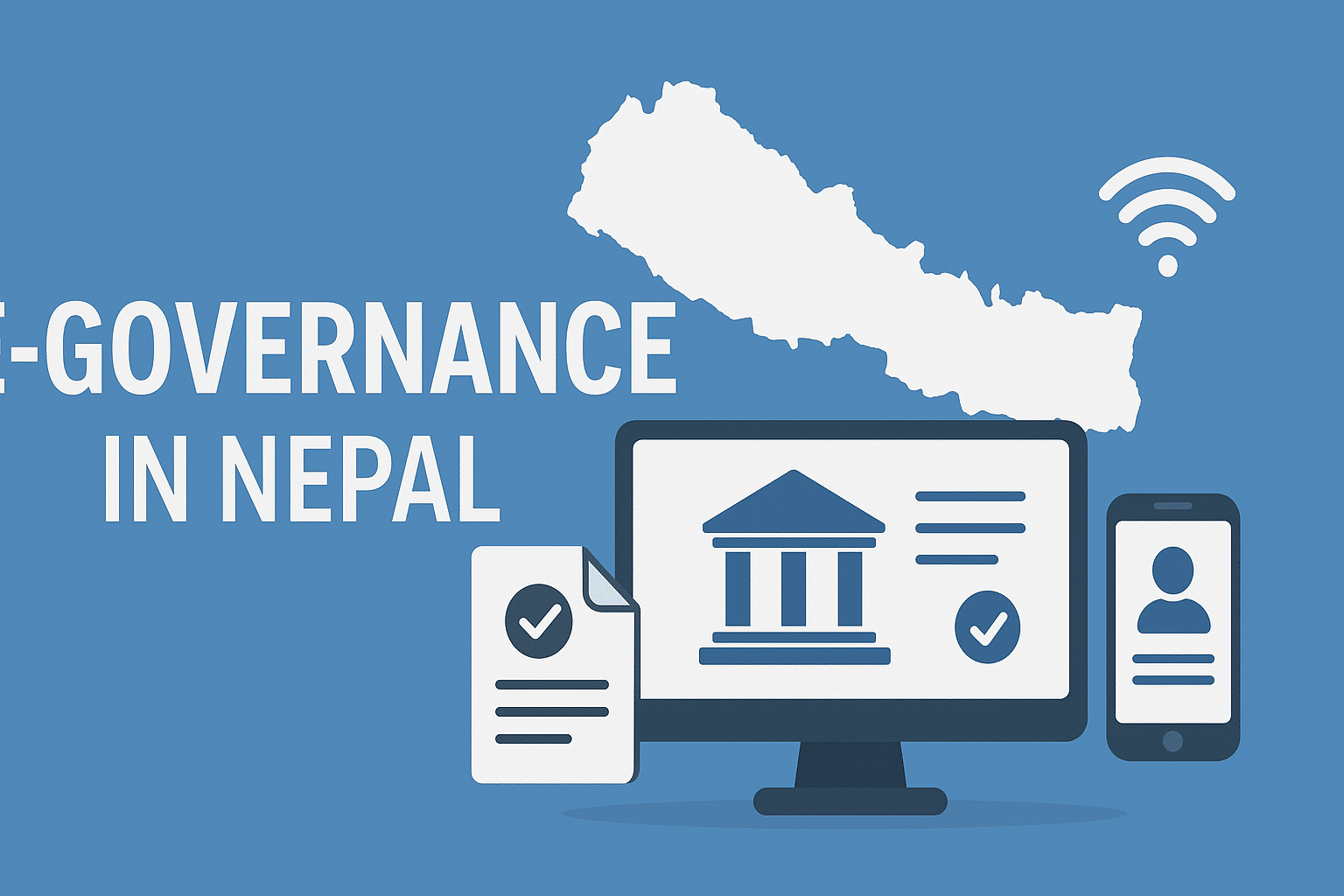Kathmandu-E-governance in Nepal represents a revolutionary shift toward digital government services that promises to transform how citizens interact with public institutions. As Nepal embraces the digital age, e-governance in Nepal has become a critical component of the country’s modernization efforts, aiming to make government services more accessible, transparent, and efficient for all Nepali citizens.
Understanding E-Governance in Nepal: Definition and Scope
E-governance in Nepal refers to the application of information and communication technologies (ICT) to transform traditional government operations, making them more accessible, transparent, effective, and accountable. This digital transformation goes far beyond simply putting computers on government desks or creating basic websites.
The Difference Between E-Government and E-Governance
While often used interchangeably, e-government and e-governance have distinct meanings in the context of e-governance in Nepal. E-government focuses on using ICT to improve government operations and service delivery, while e-governance encompasses a broader transformation that includes citizen participation, transparency, and accountability in the digital realm.
Core Principles of E-Governance in Nepal
The implementation of e-governance in Nepal follows five fundamental principles established by the United Nations:
- Building services around citizens’ choices – Designing digital services based on citizen needs rather than bureaucratic convenience
- Making government and its services more accessible – Ensuring that digital services reach all segments of society
- Social inclusion – Bridging the digital divide to include marginalized communities
- Providing information responsibly – Maintaining transparency while protecting privacy and security
- Using IT and human resources effectively – Optimizing technology and human capital for maximum impact
Current Status of E-Governance in Nepal
In 2019, Nepal marked a shift in its governance landscape by launching the Digital Nepal Framework. This initiative aimed to transform public service delivery through digital means. The journey of e-governance in Nepal officially began with the IT Policy of 2000, which laid the groundwork for digital transformation in government operations.
Digital Infrastructure Development
The current state of e-governance in Nepal shows significant progress in internet penetration and digital adoption. By 2014, the number of internet users had increased by fifteen times, indicating a growing appetite for digital services among Nepali citizens.
Usage Statistics and Trends
Current usage patterns of internet services in Nepal reveal interesting insights about e-governance in Nepal potential:
- Business organizations: 30% of internet services
- International organizations and private users: 20% each
- NGOs: 15%
- Educational institutions: 10%
- Government entities: Only 5%
The low government usage of internet services highlights the significant room for improvement in e-governance in Nepal implementation.
Recent Digital Government Initiatives
Some major plans for the next three years include drafting the e-governance act, restructuring the Department of Information Technology, and setting up a data exchange platform. These initiatives represent concrete steps toward advancing e-governance in Nepal across various government departments and services.
Key Legal Framework and Policies Supporting E-Governance in Nepal
The development of e-governance in Nepal has been supported by a comprehensive legal and policy framework designed to enable digital transformation while ensuring security and privacy.
Foundational IT Policy 2000
The IT Policy of 2000 serves as the cornerstone of e-governance in Nepal, establishing three broader objectives:
- Making information technology accessible to the general public and increasing employment opportunities
- Building a knowledge-based society in Nepal
- Establishing knowledge-based industries to support economic growth
Comprehensive Legal Instruments
Several key legal instruments support the implementation of e-governance in Nepal:
Electronic Transaction and Digital Signature Act (ETADSA), 2000 – This crucial legislation provides the legal foundation for digital transactions and electronic signatures, enabling secure online government services.
Copyright Act, 2000 – Protects intellectual property rights in the digital space, encouraging innovation and content creation for e-governance platforms.
Telecommunications Policy, 1999 and Telecommunication Act, 1997 – These regulations govern the telecommunications infrastructure essential for e-governance in Nepal implementation.
National Communication Policy, 1992 – Provides overarching guidelines for communication systems that support digital government initiatives.
National Strategy Paper on ICT – Developed by the National Planning Commission, this document outlines strategic directions for ICT development in Nepal.
Recent Policy Developments
Following this, the E-Governance Commission was introduced under the Office of Prime Minister and Council of Ministers, demonstrating the government’s commitment to advancing e-governance in Nepal at the highest levels of administration.
Major Challenges Facing E-Governance in Nepal
Despite significant progress, e-governance in Nepal faces several critical challenges that must be addressed for successful implementation across all levels of government.
Infrastructure and Connectivity Challenges
Physical Infrastructure Limitations – To attain a sustainable e-Governance structure, Nepal needs to focus on key areas such as improving its digital infrastructure and promoting digital literacy among its citizens. The availability and quality of communications networks and bandwidth remain significant bottlenecks for comprehensive e-governance in Nepal implementation.
Rural Connectivity Issues – Nepal’s challenging geography creates particular obstacles for extending digital infrastructure to remote areas, limiting the reach of e-governance in Nepal initiatives to rural populations who often need government services most.
Digital Divide and Awareness
Capacity and Awareness Gaps – Citizens, especially in rural areas, are unaware of available digital services. Even in urban areas, many people still rely on middlemen due to lack of awareness or trust in digital platforms. This awareness gap represents a significant barrier to the success of e-governance in Nepal.
Digital Literacy Challenges – Low literacy rates and limited digital skills among citizens create additional hurdles for e-governance in Nepal adoption, requiring comprehensive training and awareness programs.
Regulatory and Legal Framework Gaps
Incomplete Legal Framework – Despite existing legislation, e-governance in Nepal still lacks comprehensive regulatory frameworks for:
- Public key infrastructures and digital certificates
- Comprehensive cyber laws and digital security regulations
- Data protection and privacy laws
- Cross-border digital transaction regulations
Resource Constraints
Human Resource Limitations – The implementation of e-governance in Nepal requires skilled ICT professionals, project managers, and digitally literate government employees, areas where significant capacity building is needed.
Financial Resource Constraints – Sustained investment in technology infrastructure, training, and system maintenance requires substantial financial resources that may strain government budgets.
Political Will and Continuity – Nepal is still at an early stage of E-Governance development. The importance of E-governance and ICT is widely felt in the country and hence it has started to encourage related activities so dedicatedly. However, maintaining political commitment across different administrations remains crucial for long-term success.
Success Stories and Implementation of E-Governance in Nepal
While challenges exist, e-governance in Nepal has achieved several notable successes that demonstrate the potential for broader digital transformation.
Digital Service Delivery Improvements
Several government departments have successfully implemented digital services that showcase the benefits of e-governance in Nepal:
Online Registration Systems – Various government agencies have digitized registration processes, reducing processing time and eliminating the need for multiple visits to government offices.
Digital Document Verification – Electronic systems for document verification have improved efficiency and reduced opportunities for corruption in government processes.
Online Payment Systems – Integration of digital payment platforms has streamlined fee collection and improved financial transparency in government transactions.
Transparency and Accountability Enhancements
E-governance in Nepal has contributed to increased transparency through:
- Online publication of government decisions and policies
- Digital tracking systems for service requests
- Electronic procurement systems that reduce corruption opportunities
- Open data initiatives that provide citizens with access to government information
Efficiency Gains
Government departments implementing e-governance in Nepal solutions have reported:
- Significant reduction in service delivery times
- Lower operational costs per transaction
- Improved accuracy in government records and processes
- Enhanced coordination between different government agencies
Future Roadmap for Digital Nepal
The future of e-governance in Nepal looks promising, with comprehensive plans and strategies designed to accelerate digital transformation across all levels of government.
Short-term Goals (2025-2027)
Legal Framework Completion – Major plans for the next three years include drafting the e-governance act, restructuring the Department of Information Technology, and setting up a data exchange platform. These initiatives will provide the regulatory foundation for comprehensive e-governance in Nepal implementation.
Infrastructure Development – Priorities include:
- Expanding high-speed internet connectivity to all districts
- Establishing government data centers with robust security measures
- Developing integrated digital platforms for citizen services
- Creating mobile-first solutions for rural access
Capacity Building Programs – Comprehensive training initiatives will focus on:
- Digital literacy programs for citizens across all age groups
- ICT skills development for government employees
- Cybersecurity awareness and training programs
- Leadership development for digital transformation
Medium-term Objectives (2027-2030)
Integrated Service Delivery – The vision for e-governance in Nepal includes creating seamless, integrated platforms where citizens can access multiple government services through single digital portals.
Data-Driven Decision Making – Advanced analytics and data science capabilities will enable evidence-based policy making and improved service delivery optimization.
Citizen Participation Enhancement – Digital platforms will facilitate greater citizen engagement in governance through:
- Online consultation platforms for policy development
- Digital voting systems for local decision-making
- Transparent feedback mechanisms for government services
- Real-time complaint resolution systems
Long-term Vision (2030 and Beyond)
Smart Government Ecosystem – The ultimate goal of e-governance in Nepal involves creating an intelligent, interconnected government ecosystem that leverages emerging technologies like artificial intelligence, blockchain, and Internet of Things (IoT) to provide predictive and proactive services to citizens.
Digital-First Governance – All government services will be designed as digital-first, with physical alternatives available only as backup options, ensuring universal access while maximizing efficiency.
Economic Impact of E-Governance in Nepal
E-governance in Nepal has the potential to generate significant economic benefits through improved efficiency, reduced corruption, and enhanced business environment.
Cost Savings and Efficiency
Government departments implementing digital solutions report substantial cost savings through:
- Reduced paperwork and administrative overhead
- Faster processing times leading to increased throughput
- Lower error rates and reduced need for corrections
- Decreased travel costs for citizens accessing services
Economic Growth Catalysts
E-governance in Nepal serves as a catalyst for broader economic development by:
- Improving the business registration and licensing processes
- Facilitating easier tax compliance and payment systems
- Enhancing transparency in government procurement
- Supporting the growth of the domestic ICT sector
Job Creation and Skills Development
The expansion of e-governance in Nepal creates employment opportunities in:
- ICT system development and maintenance
- Digital service design and user experience
- Data analysis and system administration
- Cybersecurity and digital infrastructure management
Citizen-Centric Approach in E-Governance in Nepal
Modern e-governance in Nepal prioritizes citizen needs and experiences, moving away from bureaucracy-centered design toward user-friendly, accessible digital services.
User Experience Design
Successful e-governance in Nepal implementation requires:
- Intuitive interfaces that work across different devices and internet speeds
- Multi-language support to serve Nepal’s diverse linguistic communities
- Accessibility features for citizens with disabilities
- Simple, step-by-step guidance for complex processes
Feedback and Continuous Improvement
E-governance in Nepal systems must incorporate:
- Regular user feedback collection and analysis
- Iterative improvement based on citizen experiences
- Performance monitoring and service quality metrics
- Responsive customer support systems
Conclusion: The Path Forward for E-Governance in Nepal
E-governance in Nepal represents more than a technological upgrade—it embodies a fundamental transformation toward more responsive, transparent, and efficient governance. While challenges remain, particularly in infrastructure development and digital literacy, the foundation for comprehensive digital government transformation has been established.
The success of e-governance in Nepal ultimately depends on sustained political commitment, adequate resource allocation, and genuine citizen engagement in the digital transformation process. As Nepal continues to develop its digital capabilities, the potential benefits for citizens, businesses, and government efficiency are substantial.
E-governance in Nepal offers the promise of bridging the gap between government and citizens, making public services more accessible regardless of geographic location or socioeconomic status. With proper planning, implementation, and continuous improvement, e-governance in Nepal can serve as a model for digital government transformation in developing countries.
The journey toward comprehensive e-governance in Nepal requires collaboration among government agencies, private sector partners, civil society organizations, and citizens themselves. By working together toward this shared vision of digital governance, Nepal can build a more inclusive, efficient, and transparent government that truly serves the needs of all its citizens.
Related Articles:
- Xiaomi Redmi Note 14 Festive Offer: Massive Savings on Premium Accessories in Nepal
- iPhone 17 Pro Scratch Problem: Critical Durability Concerns Hit Apple’s Latest Models
External Resources:
- Nepal Economic Forum: Strengthening E-Governance Landscape
- UNDP Nepal: Electronic Governance in Local Government


![Nepal Voter Registration Now Possible at Any Election Office – Complete Guide [2025 updated]](https://nepaliict.com/wp-content/uploads/2025/10/Nepal-voter-registration.jpg)
























Comments